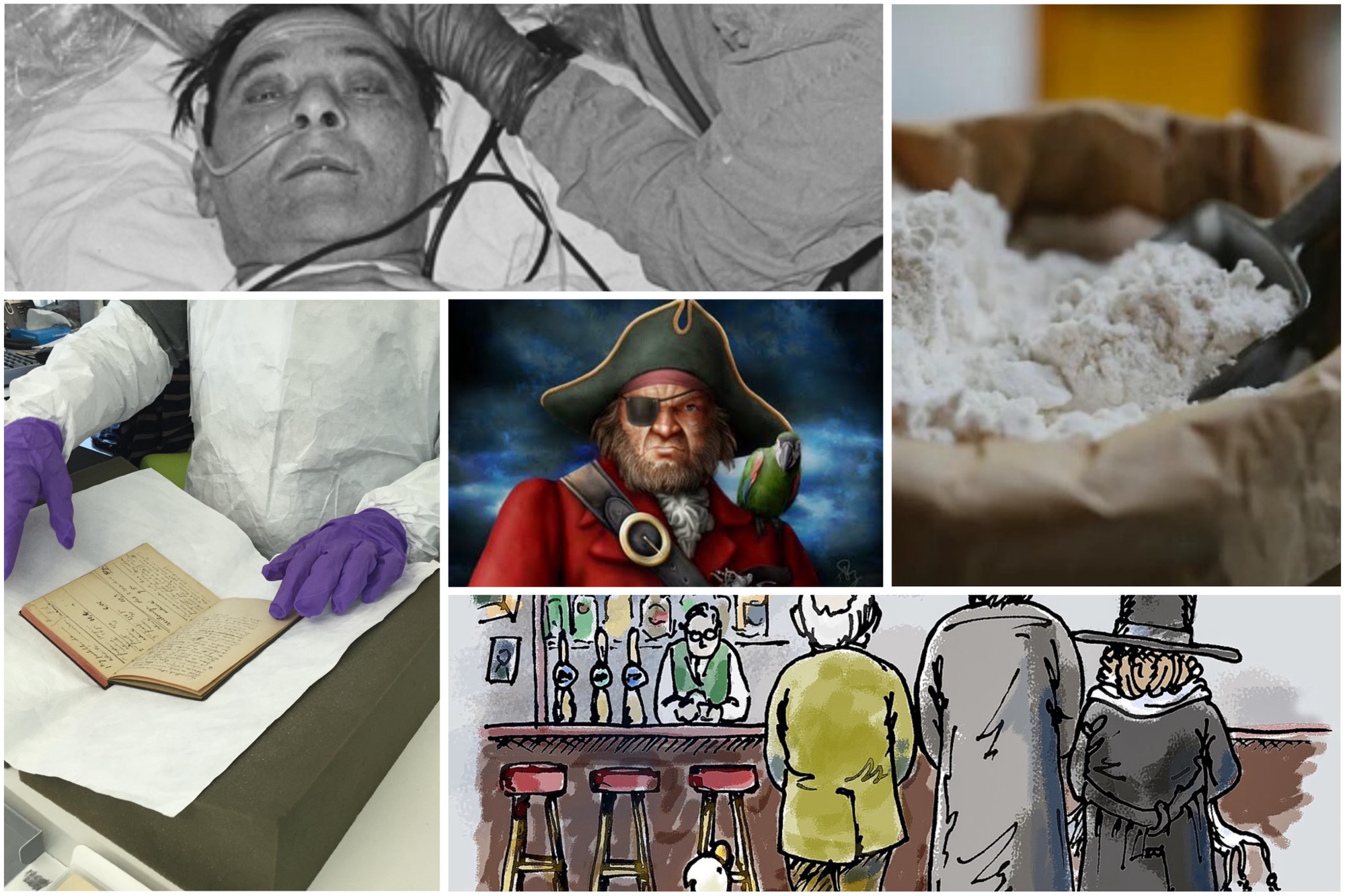How does a single fire transform history? Consider the baker whose oven sparked the Great Fire of London, consuming a third of the city and reshaping its course. Equally intriguing is why military forces enlisted artists, designers, and illusionists during World War II. The answer lies in a daring operation to create a fictional army, deceiving the Germans.
History abounds with moments that shift our view of the world. From the oldest recorded joke to the largest volcanic eruption in history, here are 10 intriguing historical insights!
10. The world’s oldest recipe is for beer

If you’ve ever sensed that a fondness for beer might be instinctive, history offers some validation. The oldest known recipe, found inscribed on a tablet dating back to 4000 BCE from an archaeological dig, was for none other than beer! This ancient beverage originated with the Sumerians, who revered beer as a “divine drink” and even worshipped a deity dedicated solely to its creation.
9. Ancient Romans used urine to clean their clothes

The Romans practiced customs that were even more peculiar than the nude Olympics. Prior to the advent of modern cleaning agents, they utilized urine for its cleansing properties, soaking leather and wool in a mixture of water and urine. They also used urine for medicinal purposes, treating cuts, skin conditions, and even employing it for oral hygiene.
Interestingly, their use of urine may have had some merit, as the ammonia in urine is a strong cleaning agent suitable for laundry. However, the effectiveness of ammonia as a mouthwash remains uncertain, making it advisable to avoid adopting this particular Roman practice.
8. The world’s first postage stamp was issued in 1840
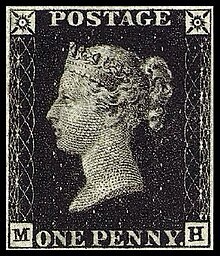
Stamp collecting, known as philately, is a meticulous and sometimes addictive hobby. However, even the most dedicated collectors may not have the Penny Black, which was issued in 1840. This stamp, featuring Queen Victoria, was the world’s first adhesive stamp allowing for the prepayment of postage with one penny. Before its release, recipients usually paid postage costs upon delivery. The Penny Black was widely welcomed for simplifying the mailing process with a standardized prepaid rate.
7. The first recorded use of the number zero dates to ancient Mesopotamia
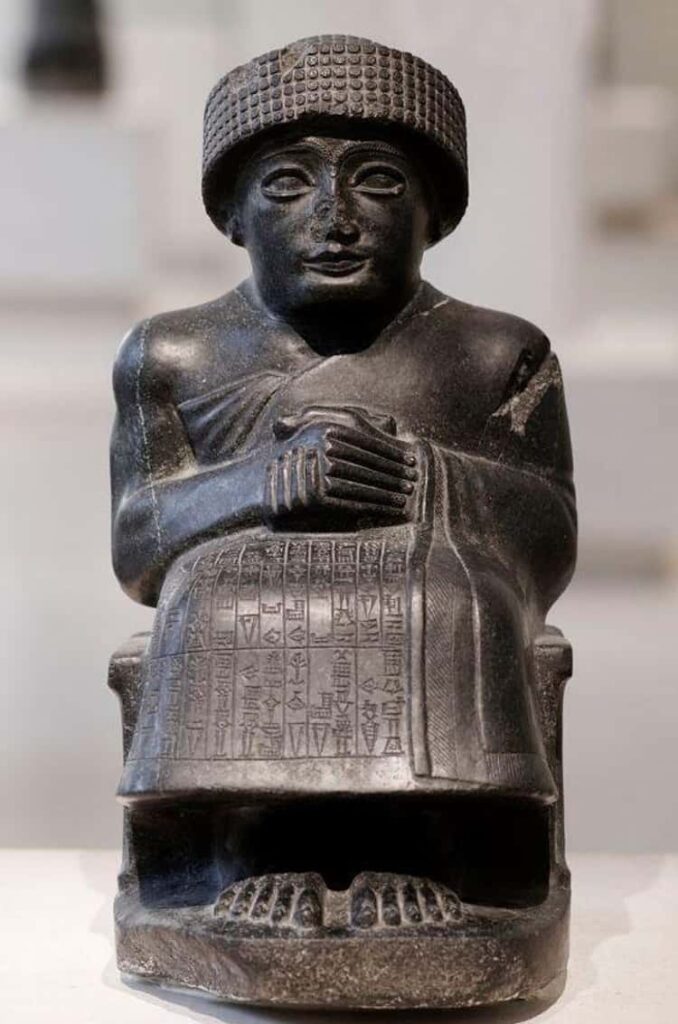
It’s surprising to note that the concept of zero was a revolutionary advancement in mathematics. The notion of representing “nothing” with a numeral was not conceived for many centuries.
However, in Mesopotamia by at least 3000 BC, we find the earliest known use of zero. It would take many more years for mathematicians to fully explore the potential of zero, which laid the foundation for modern physics, engineering, and medicine. Mesopotamia stands as the birthplace of this crucial concept.
6. The first successful human heart transplant was performed in 1967

Imagine life without a heart, the essential organ responsible for circulating blood, delivering oxygen, and nourishing the body. The idea of a heart transplant was once considered nearly impossible, with early attempts dating back to the early 1900s proving unsuccessful.
However, everything changed in 1967 when Christiaan Barnard, a South African surgeon, achieved the first successful heart transplant. Following a tragic accident where a woman was declared brain-dead, her father consented to donate her heart. This heart was then transplanted into a patient suffering from heart disease.
The surgery was a milestone success, and the recipient, Washkansky, survived for 18 days after the operation before passing away due to pneumonia.
5. Dancing Plague of 1518
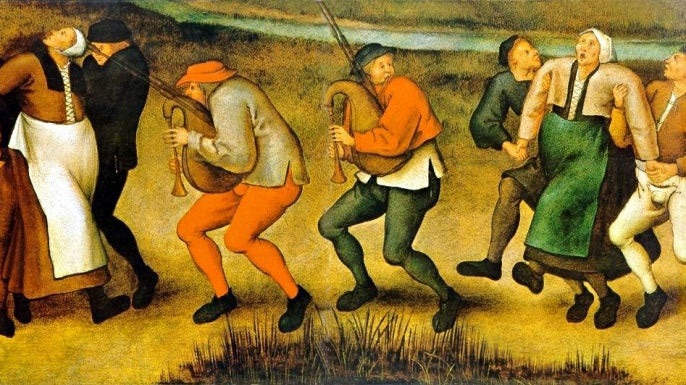
During the summer of 1518 in Strasbourg, Alsace, a peculiar event unfolded. Residents inexplicably began dancing uncontrollably in the streets. Reports indicate that up to 400 individuals danced incessantly for days, and in some instances, weeks.
The relentless dancing tragically resulted in several deaths due to heart failure. Various theories have emerged to explain this bizarre phenomenon, ranging from food poisoning caused by hallucinogenic substances to collective psychological distress.
4. Ancient Egyptian pregnancy tests

How did ancient Egyptian women test for pregnancy? They would urinate on barley in one bag and wheat in another. If the grains sprouted, it indicated pregnancy. Surprisingly, modern experiments have found this method to be roughly 70% accurate, possibly because estrogen promotes seed growth. How the ancient Egyptians discovered this method is still a mystery.
3. First recorded joke
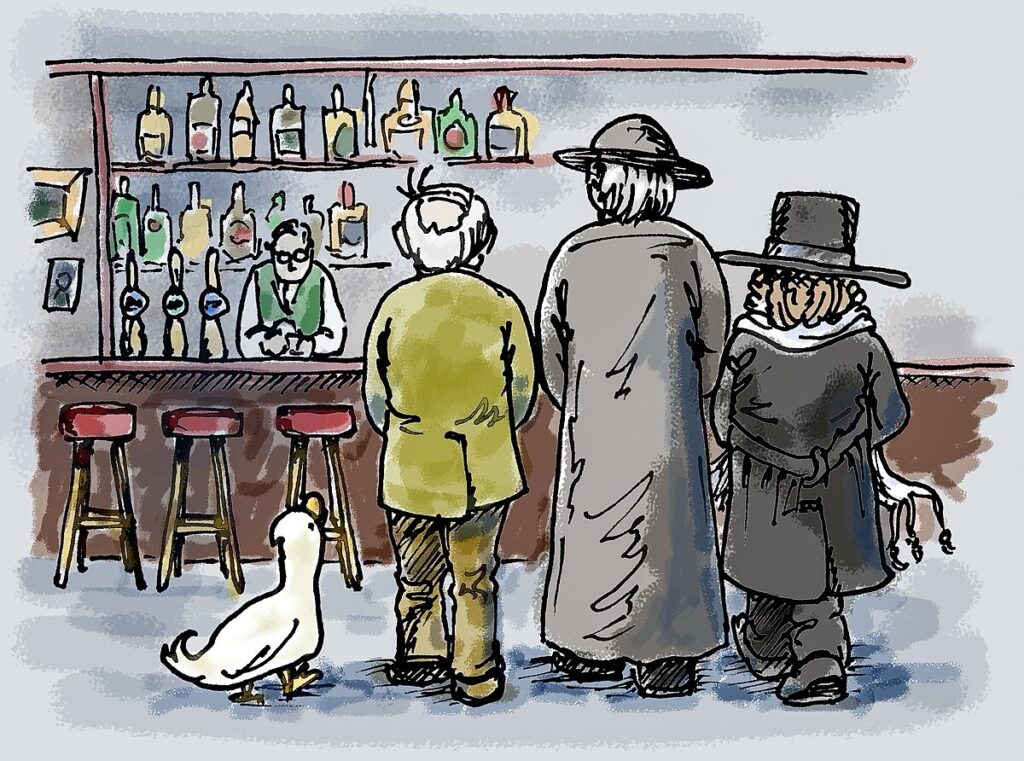
“Since ancient times, an event unheard of: a young woman did not pass gas on her husband’s lap.” While it might not be the height of humor today, this is the oldest recorded joke we know of.
Dating back to the Sumerians almost four thousand years ago, this joke bears a resemblance to contemporary humor. Whether that’s something to celebrate is debatable.
2. Marie Curie’s radioactive cookbook
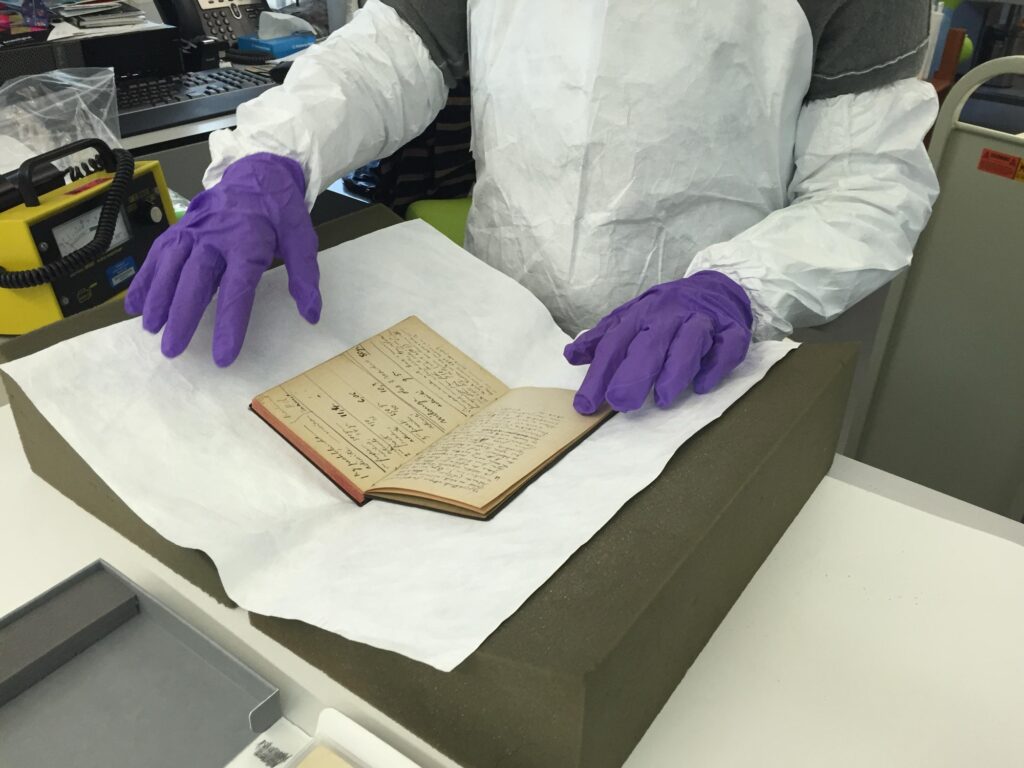
Marie Curie’s life resembles a movie plot. She broke gender barriers, winning the Nobel Prize twice for her groundbreaking work in radioactivity. Alongside her husband, Pierre Curie, Marie was so dedicated that she carried radium-filled jars in her pockets. Their research had severe consequences: Pierre died suddenly in 1906, and Marie succumbed to aplastic anemia in 1934, likely caused by radiation exposure. Her remains were so radioactive that she was buried in a lead-lined coffin. Even now, her personal items, like her cookbook, are kept in protective containers.
1. Pirates and eye patches

Why do we often see pirates depicted with an eye patch? Common belief suggests it’s due to an injury or to cover a prosthetic eye, especially in movies. However, there’s a more logical theory that aligns with their nocturnal raids on ships. The eye patch supposedly helped pirates swiftly adapt their sight to darkness. This method might have been effective, as it takes about 30 minutes for the eye to produce chemicals necessary for seeing in low light, and wearing an eye patch could have maintained the production of these chemicals in one eye.
